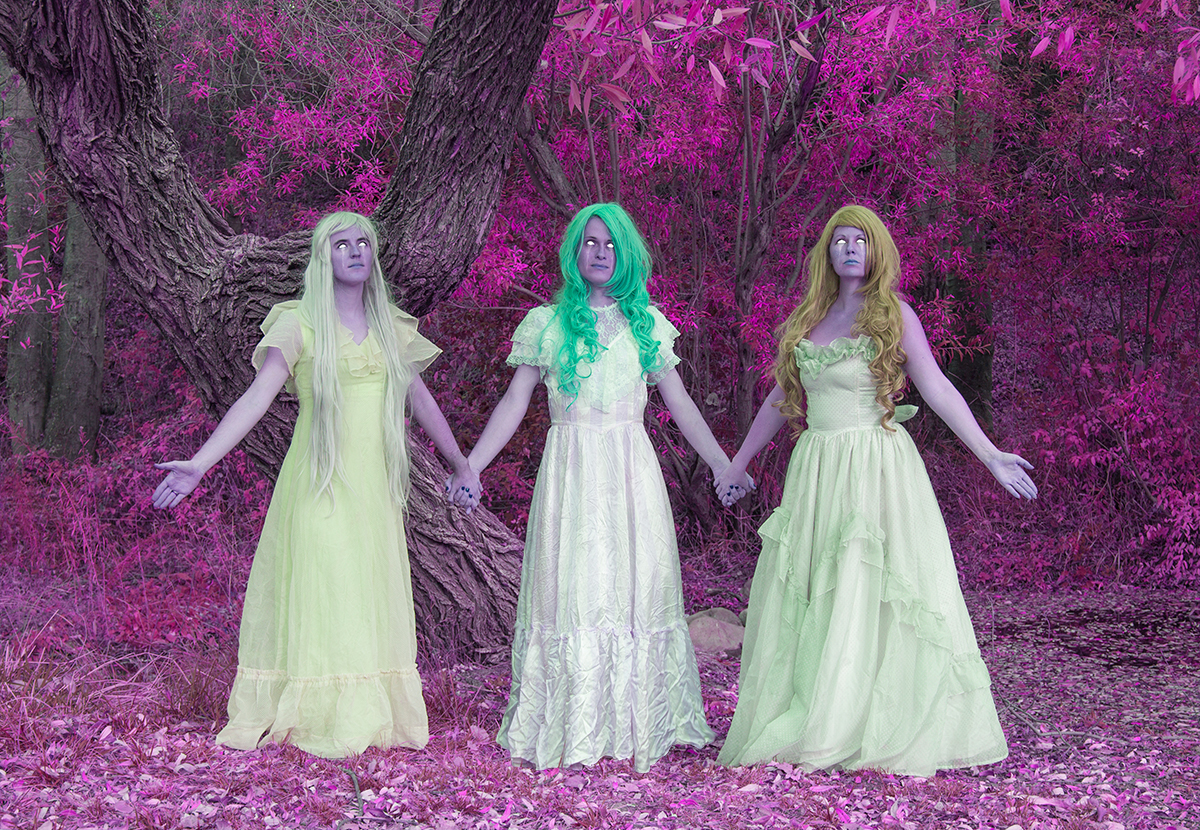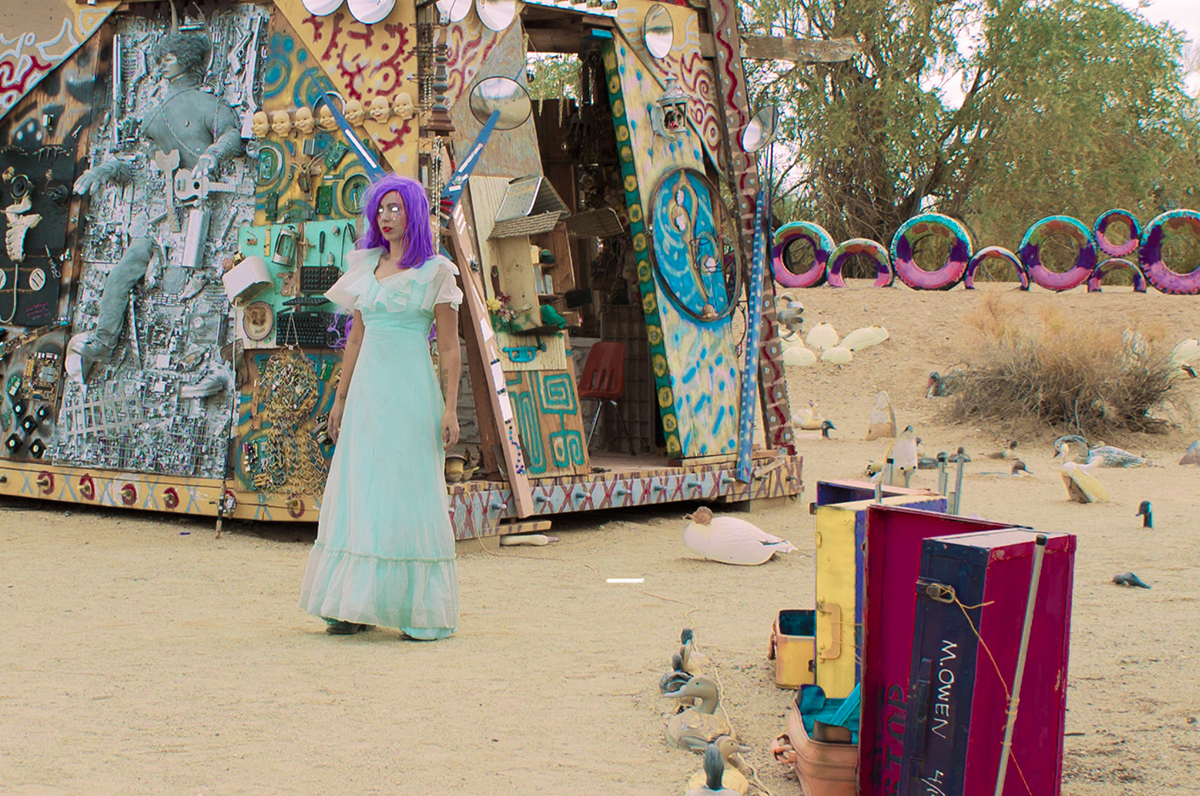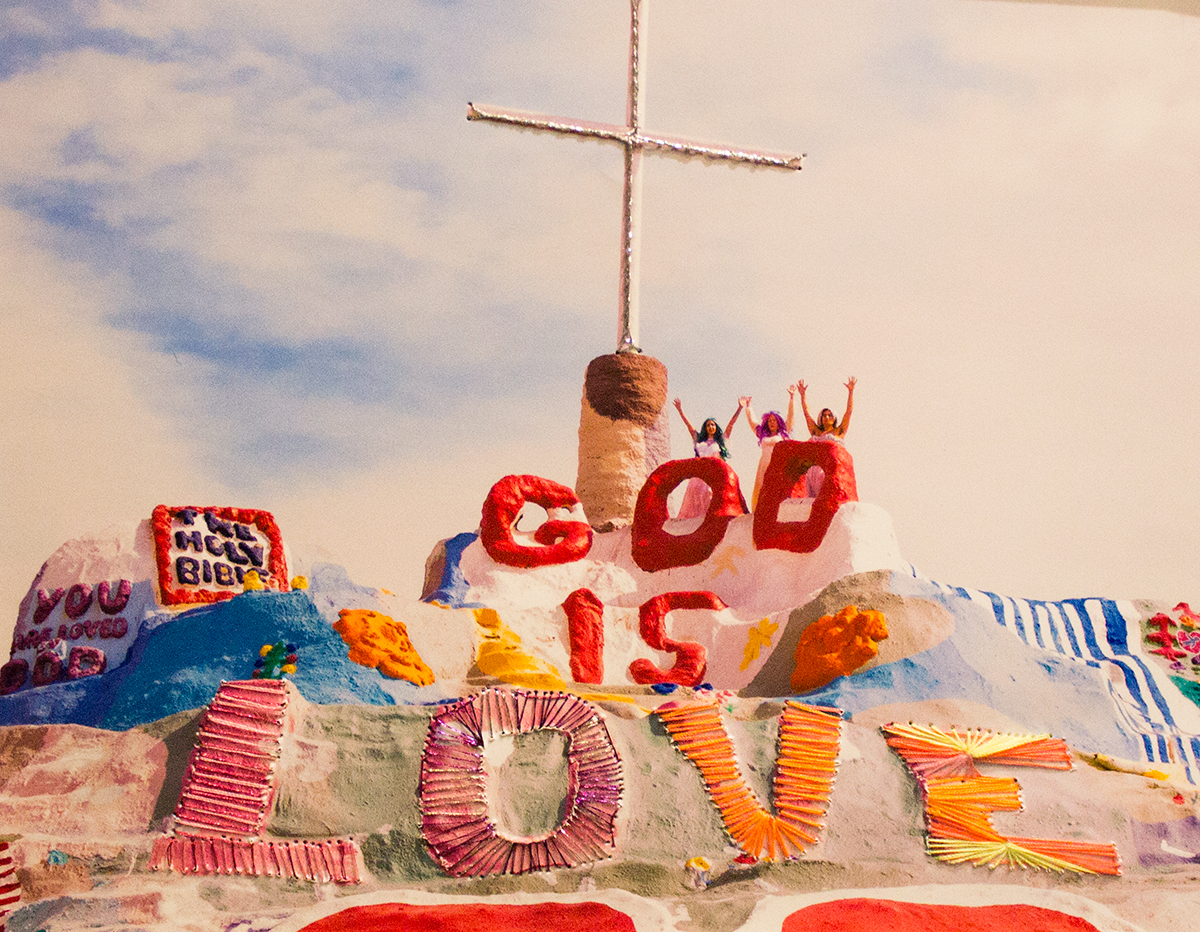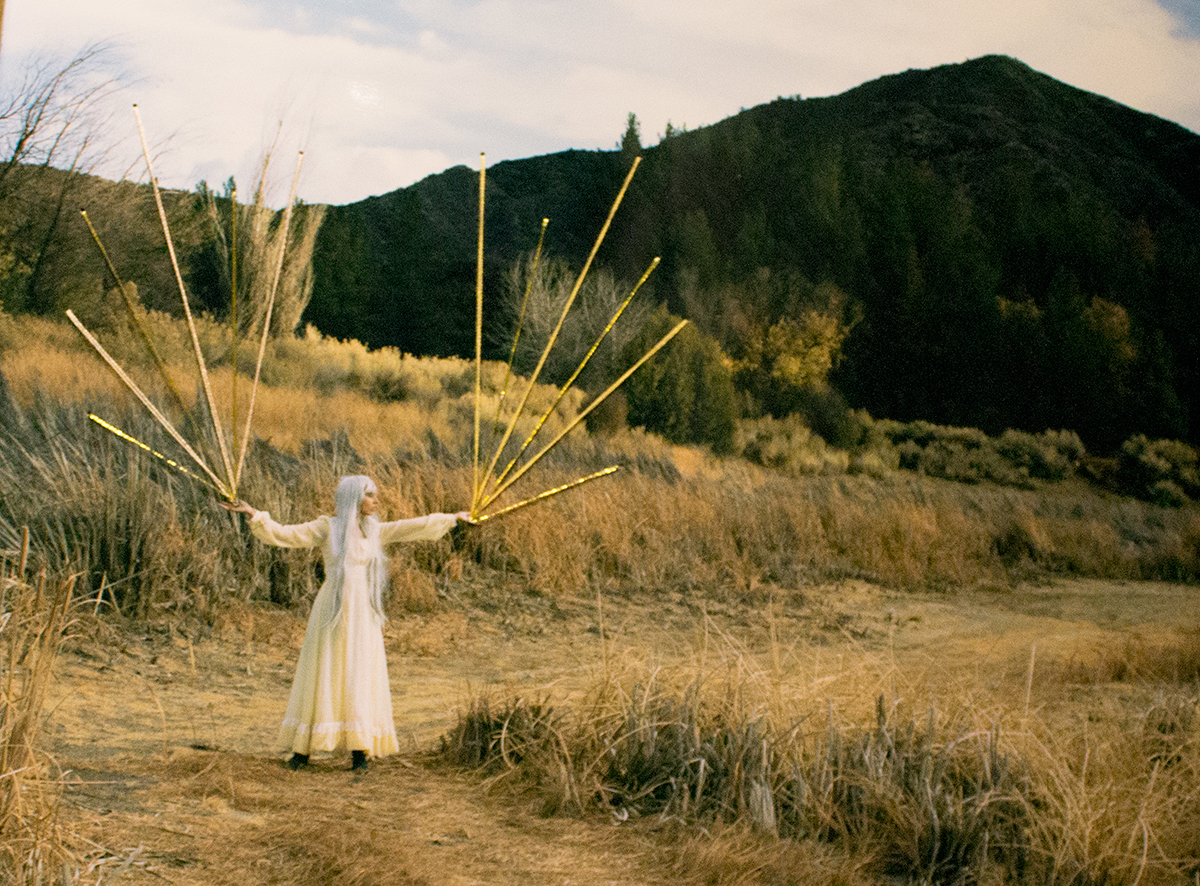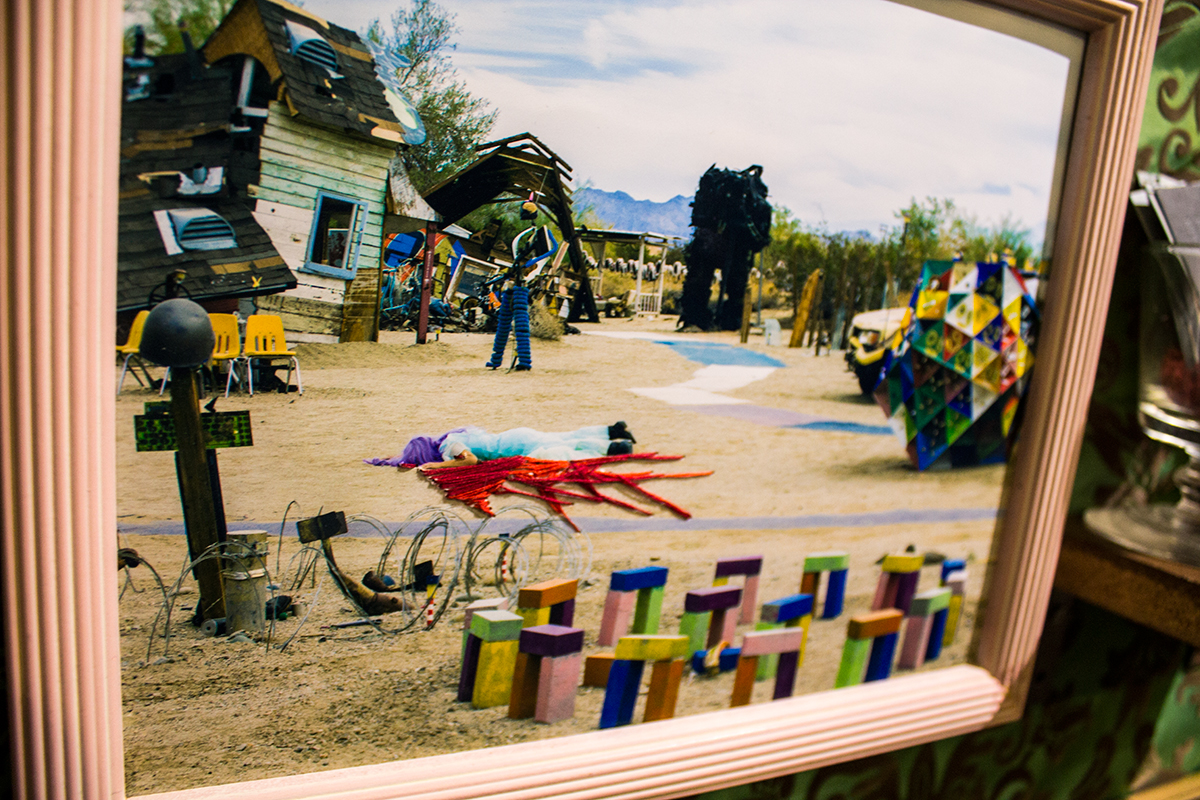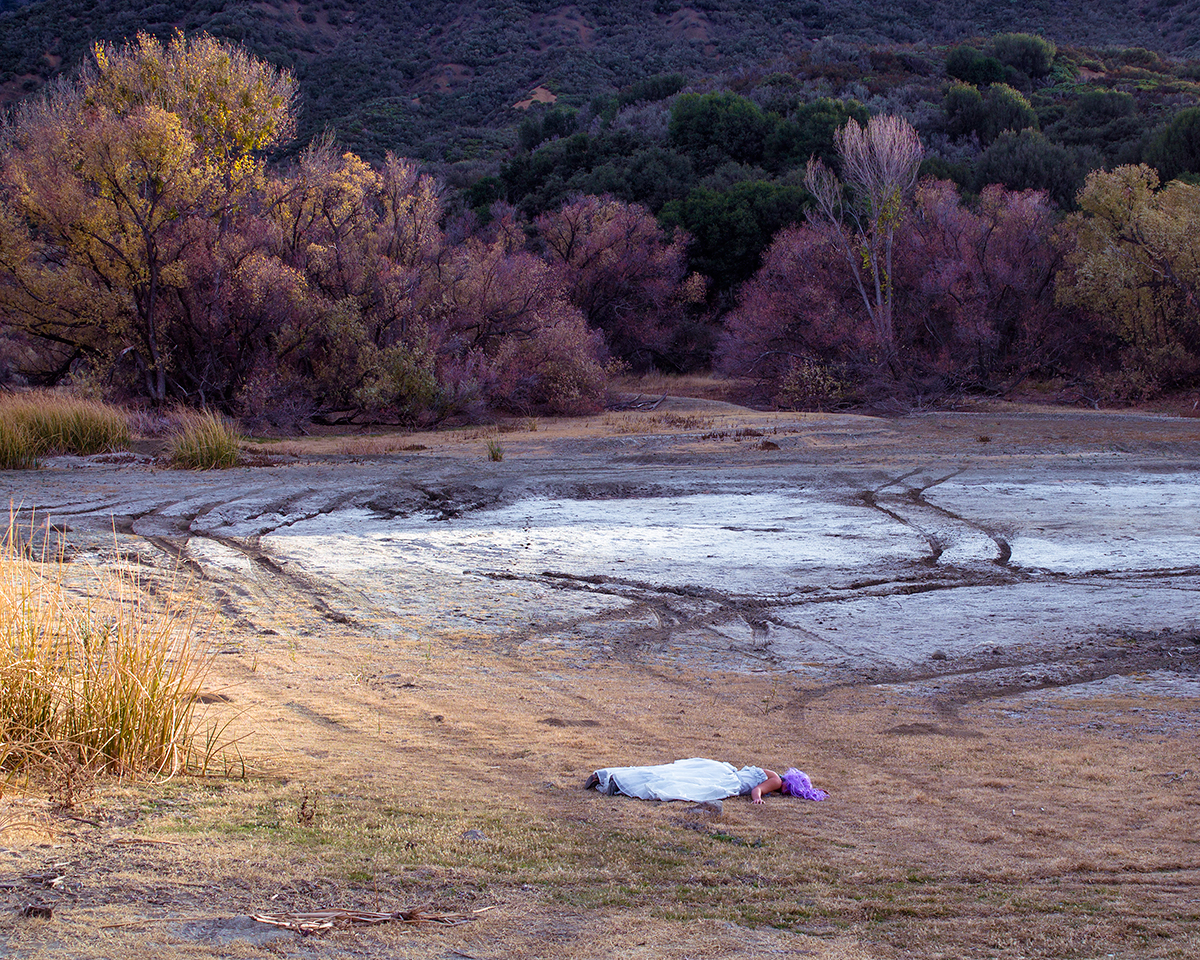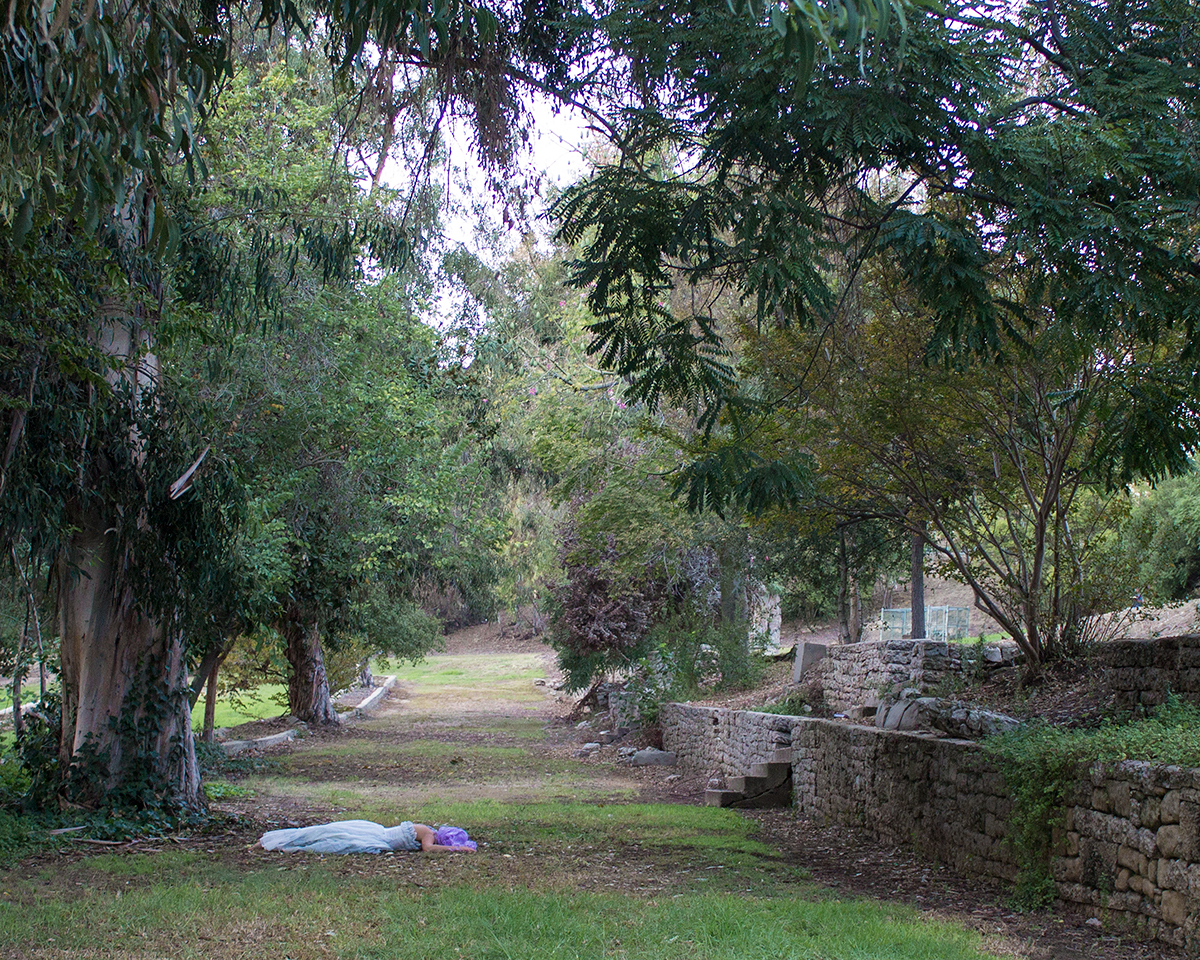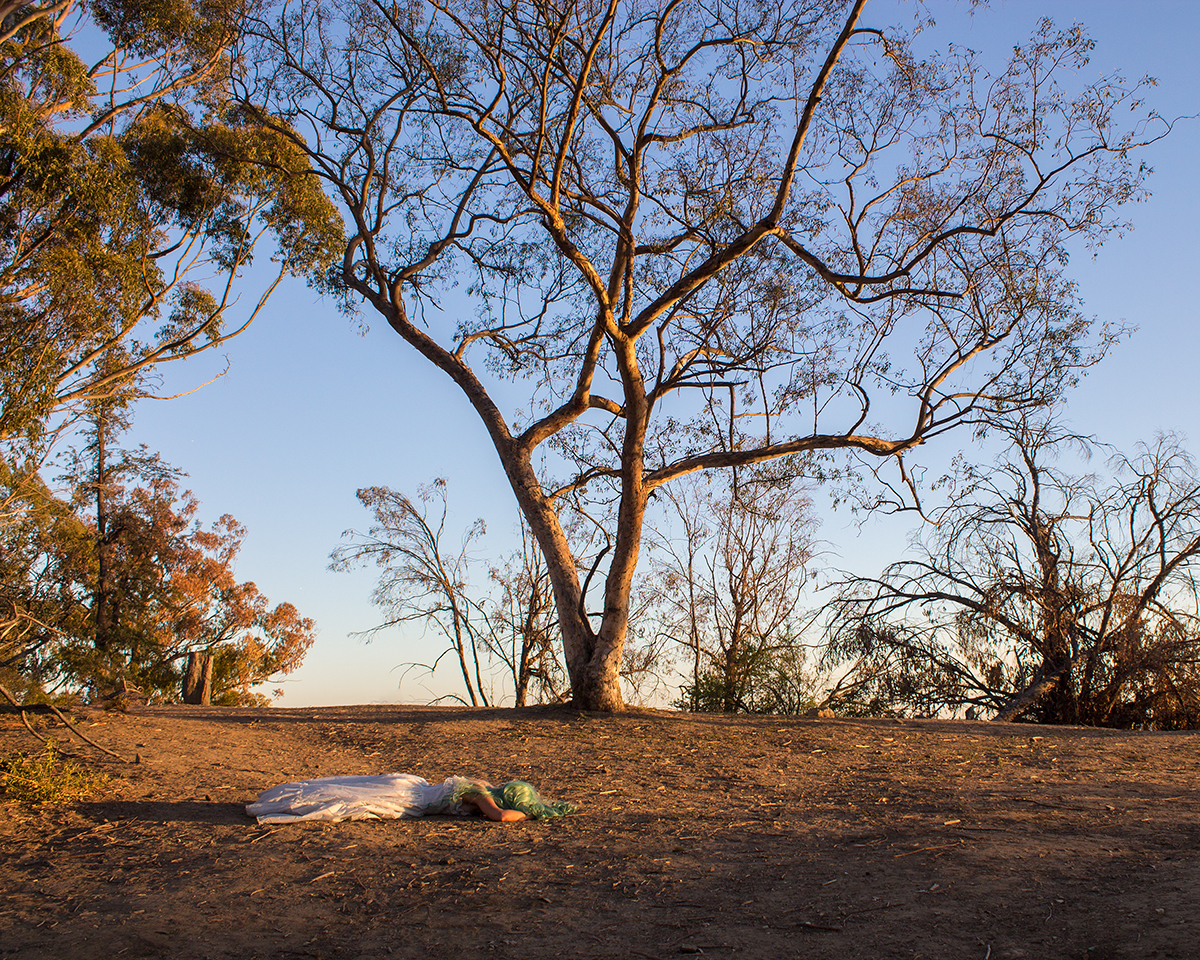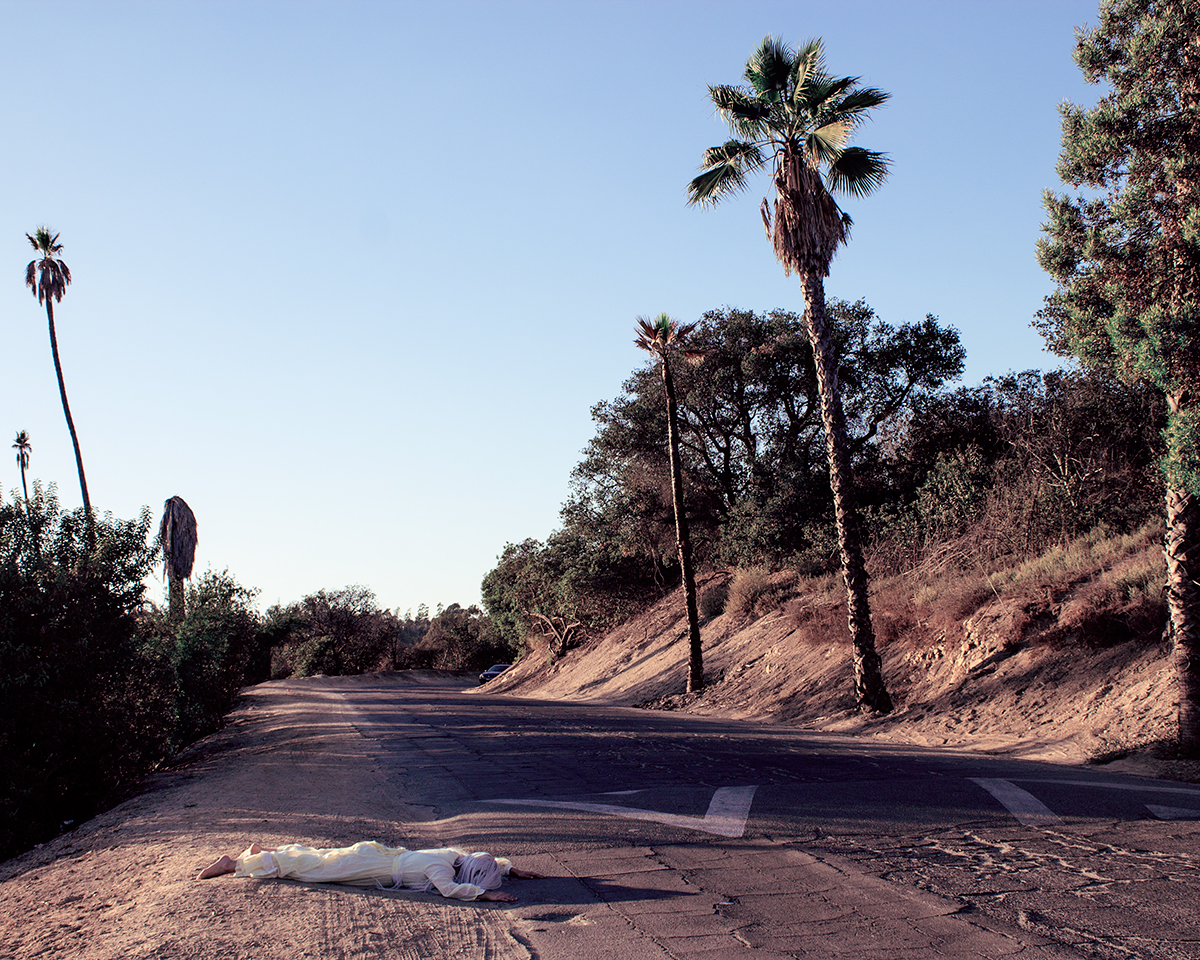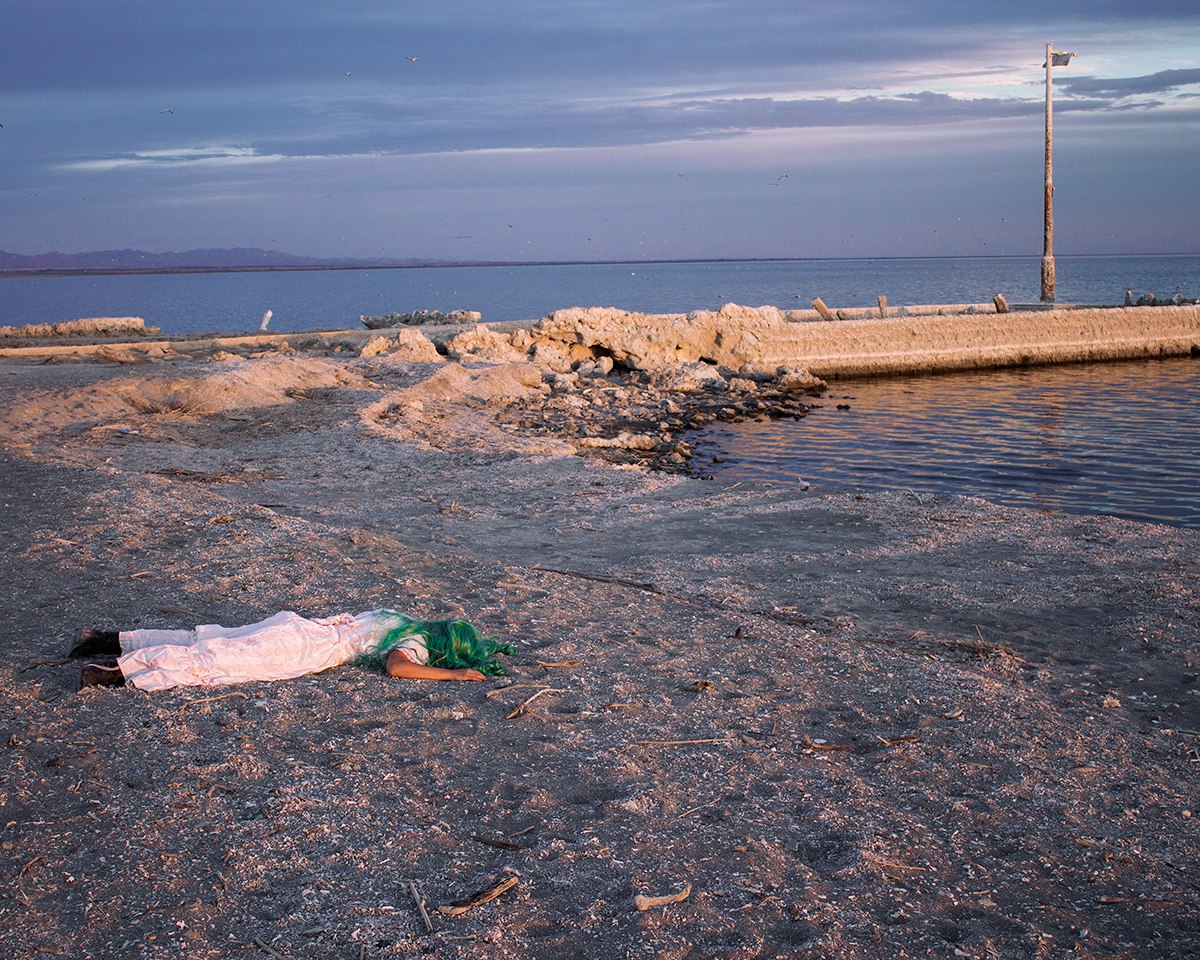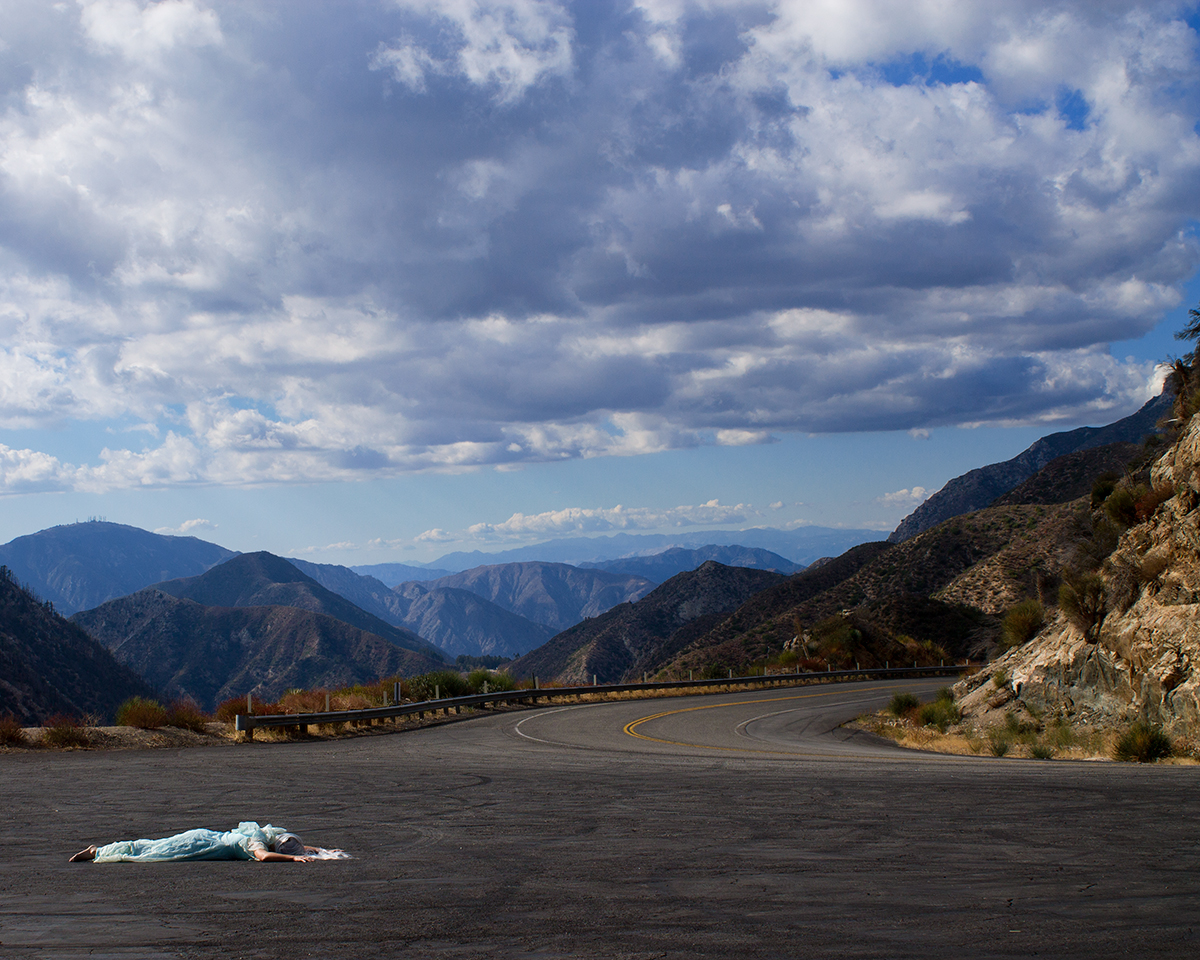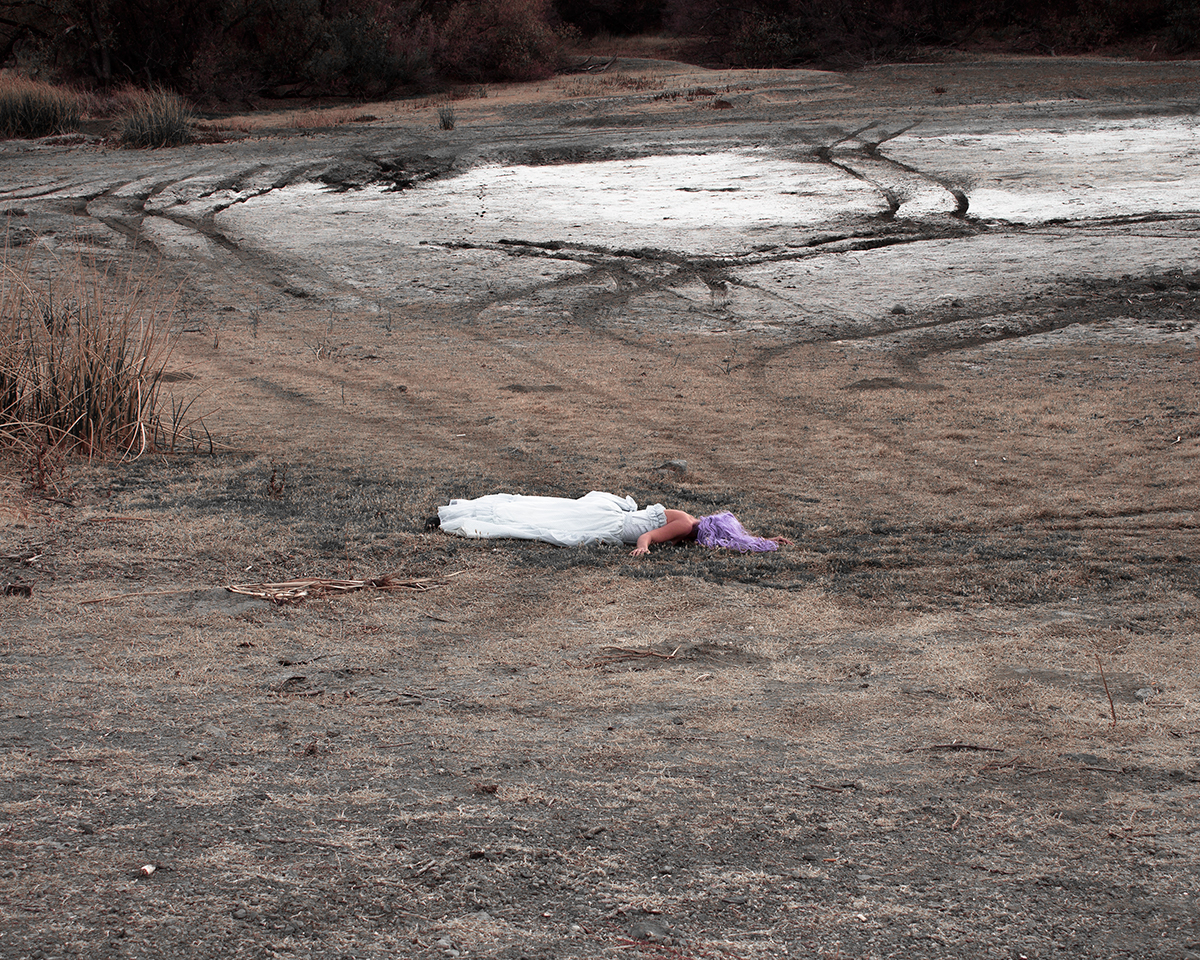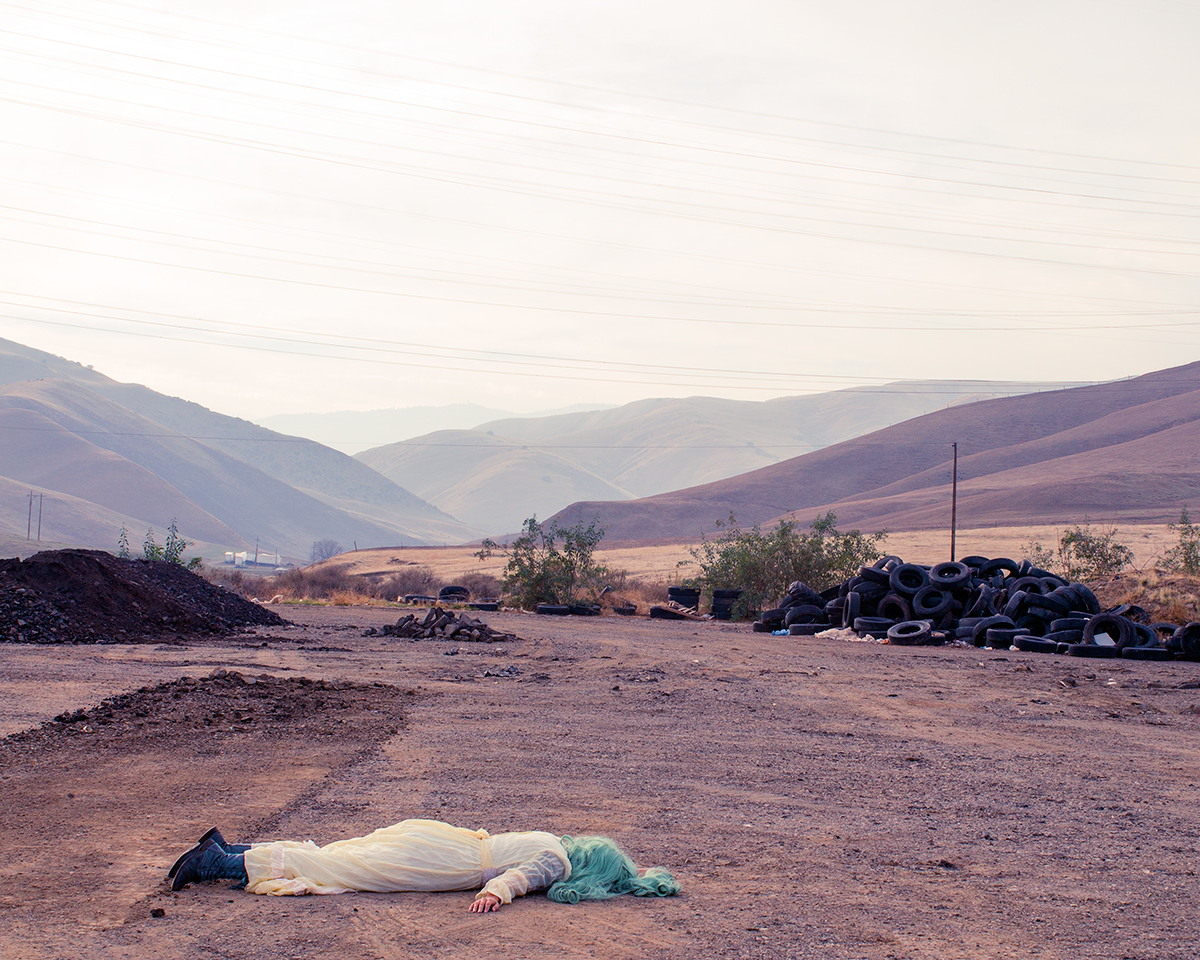Portraits of Unacceptable Women
Portraits of Unacceptable Women (2015)
Digital Photography, Embroidered Photographs
Part One: Witches & Spinsters
This series was introduced by the performance A Procession of Unacceptable Women.
Read a documentation of this project at Blazenfluff: http://blazenfluff.com/playing-dead/9363/
Who Are The Unacceptable Women?
In the enduring “marriage or death” ultimatum given to female protagonists in literature and other fictional narratives, the women featured in this performance represent the phantom manifestations of the women who chose death. They are examples of the literary archetype of the “fallen woman,” “witch,” or “spinster” who makes the unacceptable mistake of choosing to violate the societal conditions that oppress her for the sake of her own freedom. This choice inevitably results in the woman’s permanent rejection and subsequent isolation from the community (who condemn her as “unfit” for society) often taking the form of the character’s self-enacted or community-demanded death. These characters drive home the message that refusing to meet societal expectations as a woman is essentially an act of physical and / or social suicide. The message is often heavily laden with the theme of “women in hysterics,” a trope which caricaturizes the authentic emotions and mental health of real women.
However, there is an arc to the history of the depiction of suicidal women characters that is greatly shaped by the introduction of women writing about women towards the turn of the century onwards. Edna Pontellier of The Awakening by Kate Chopin and Esther Greenwood of Sylvia Plath’s dubiously autobiographical novel The Bell Jar are two characters who represent this shift. They are imbued with the spirit of the women authors who historically have chosen to craft strong, independent female characters who defy definition by their male counterparts: Kate Chopin, Virginia Woolf, Amy Tan, Zora Neale Hurston, Flannery O’Connor, Margaret Atwood, Sylvia Plath, Pauline Elizabeth Hopkins, Charlotte Perkins Gilman, Emily Dickinson and many more.
While influenced by the long history of women’s struggle for equality, the performance and photo series also ask contemporary questions concerning the status of women and how these narratives continue to influence the modern characterization of both women and men in film and literature. How do female characters continue to be disproportionately represented as dependent upon male characters? How does the strict definition of “women’s” vs. “men’s” roles fail to grant independence and honesty in the form of gender expression and gender fluidity? How does this narrative extend or differ when the protagonist’s race, class, sexual orientation, or gender differs from that of the trope of the wealthy cisgendered straight white female? Where do we find characters in modern film and fiction that break these rules and what are the benefits of producing and promoting them in contemporary works? If not marriage or death, what outcomes are or should be presented to independent female protagonists that reflect the contemporary realities of women’s lives?


